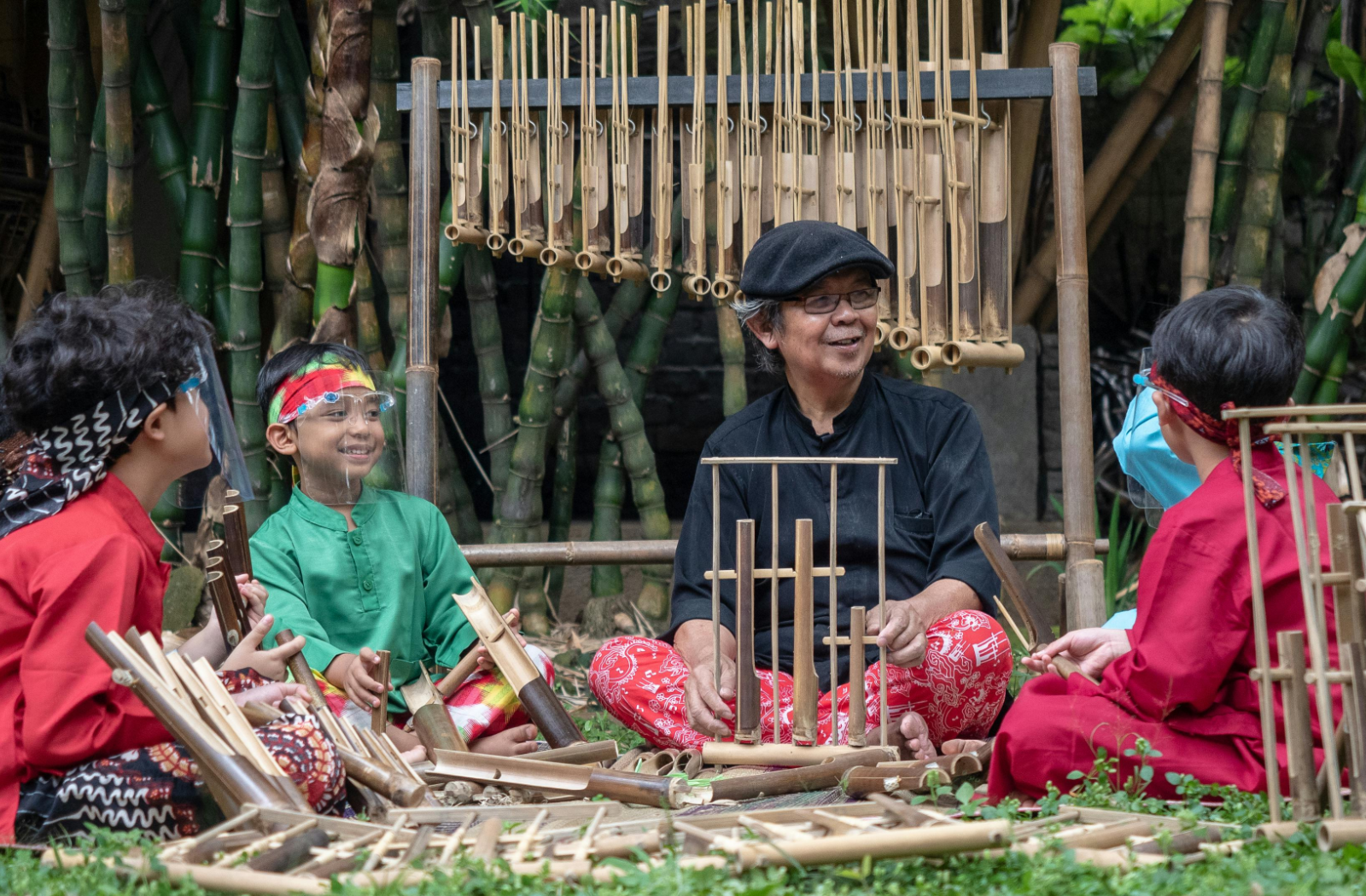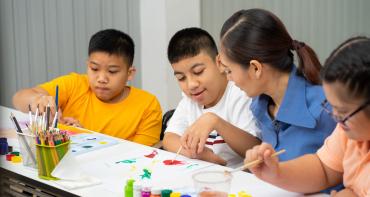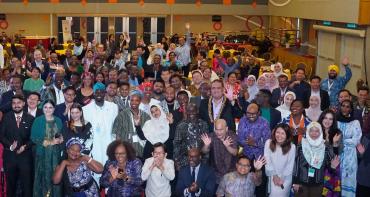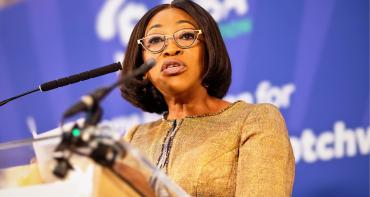By Kunle Adewale, Founder of Global Arts in Medicine Fellowship, Ayesha Ali, Coordinator, Commonwealth Youth Health Network, Emily Gilmour, Health Officer and Karina Gosalia, Health Research Officer at the Commonwealth Secretariat’s Health Section

In the ongoing global conversation about health and wellbeing, the arts have too often been sidelined as a luxury or an afterthought. It’s time to challenge this view and recognise the transformative power of creativity not only in healthcare, but in the development of young people as leaders, changemakers, and visionaries for a healthier future.
Arts and health should be intrinsically intertwined and can be transformative in the lives of young people. Creativity can do much more than decorate the margins of healthcare; it lies at the heart of what it means to flourish, to connect deeply with ourselves and others, and to address some of the most pressing challenges we face today.
Now, a bold movement is growing—one that empowers young people across the Commonwealth and beyond to champion arts-based health solutions in their communities and shape a more holistic, culturally relevant approach to wellbeing.
Young people are at the forefront of this change. The challenges they face—rising rates of anxiety and depression, social isolation, and widening health inequalities—demand new approaches that go beyond traditional medicine. The arts— dance, music, theatre and visual expressions— are not mere distractions from the ‘serious work of staying healthy.
Creativity can be a lifeline: a way to build confidence, foster resilience, and discover their unique voices in a world that can feel overwhelming. When integrated into healthcare, these effects can be even more powerful. They can help young patients process trauma, overcome loneliness, and participate actively in their own recovery.
Case Studies from the Commonwealth
A recent international review found that young participants in arts programmes demonstrated measurable improvements in mental wellbeing, lower levels of anxiety, and stronger social networks. Many reported feeling better able to manage chronic illnesses and less isolated from their peers.
In the UK, the ‘Arts on Prescription’ initiative has connected patients, including many young people, with creative workshops such as pottery, music-making, and storytelling. After just eight weeks, evaluations showed higher life satisfaction, reduced symptoms of depression, and a marked increase in community engagement.
In another example, community arts projects in Barbados have brought together music, spoken word, and traditional dance in public health campaigns focused on mental wellbeing and the prevention of non-communicable diseases.
These programmes don’t just treat illness; they build environments where young people can thrive and contribute to the wellbeing of those around them.
Policymakers are beginning to recognise this—but recognition alone is not enough. The arts must be woven into the very fabric of public health strategy, not simply added as an afterthought.
In August, a Young Leaders for Arts and Health Summit, in partnership with the Global Arts in Medicine Fellowship and the Commonwealth Leadership Institute, serves as a call to action for greater integration. By embedding the arts into health policy and everyday practice, we acknowledge the vital role that creativity plays in shaping a future where people at all stages can live a healthy, meaningful life.
Whether through music, dance, storytelling, or visual arts, young leaders are already lighting the way. Their creativity is not a luxury—it is the engine of change, the source of hope, and the key to unlocking healthier, more resilient communities for generations to come.
Related news



